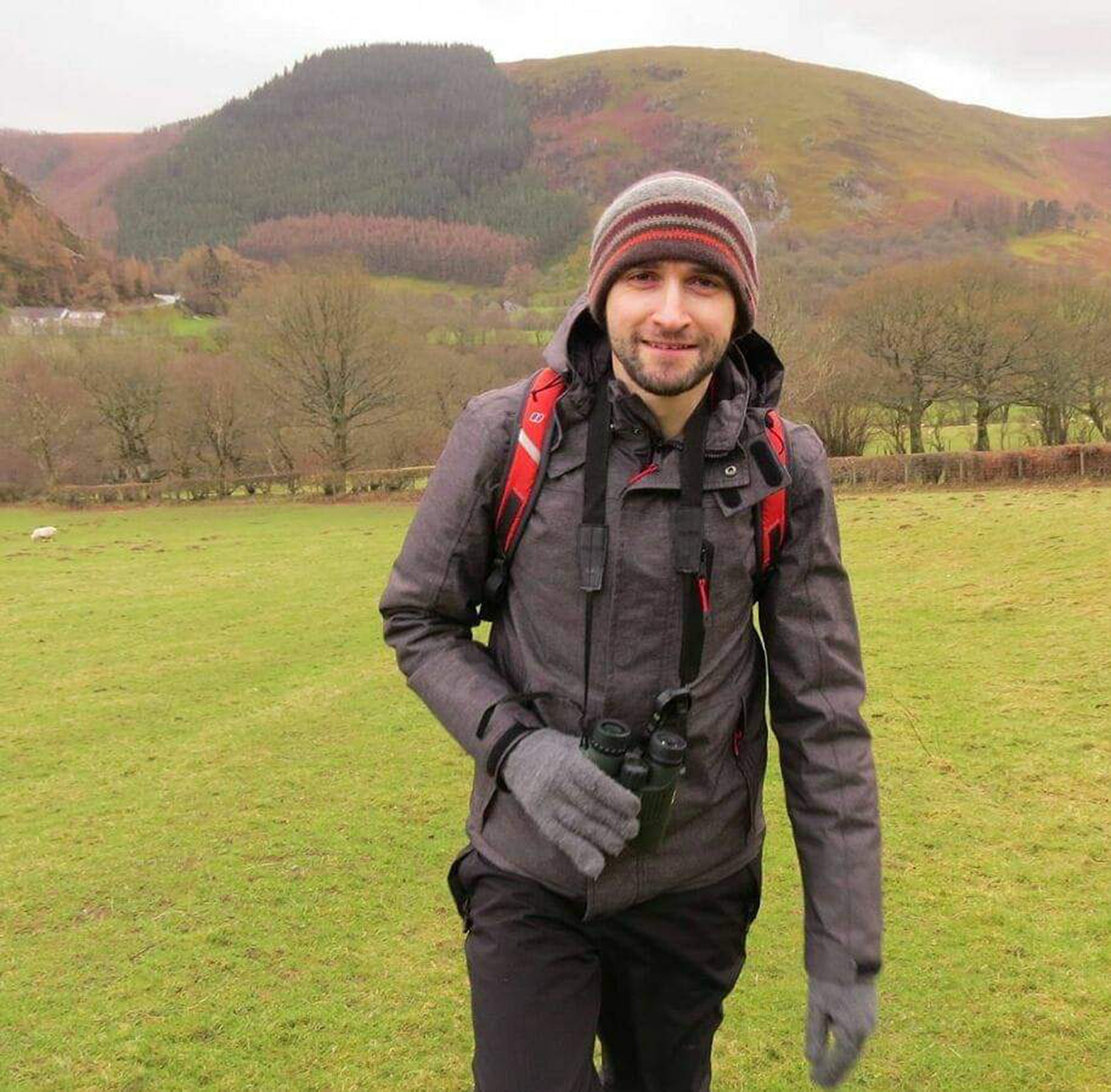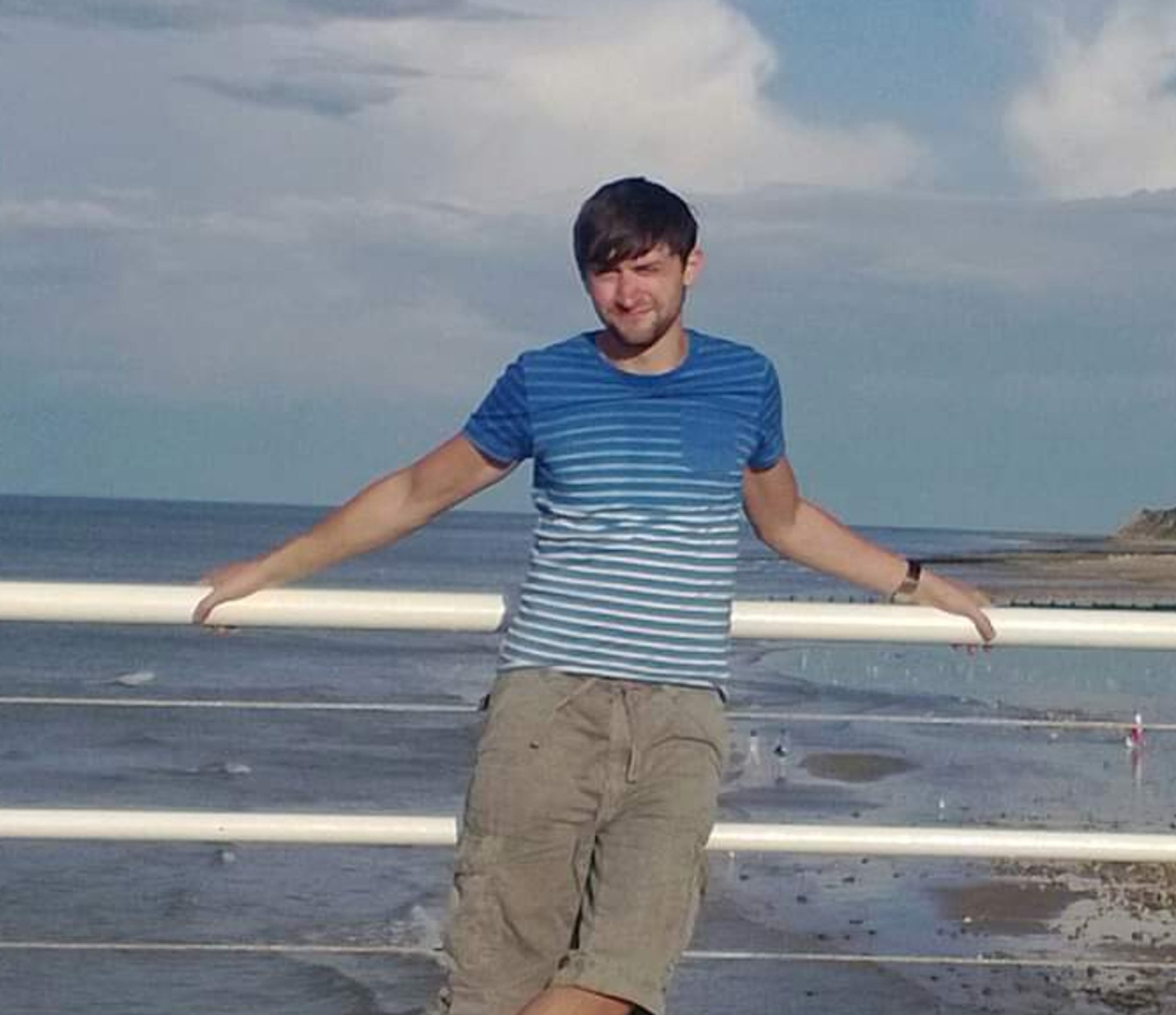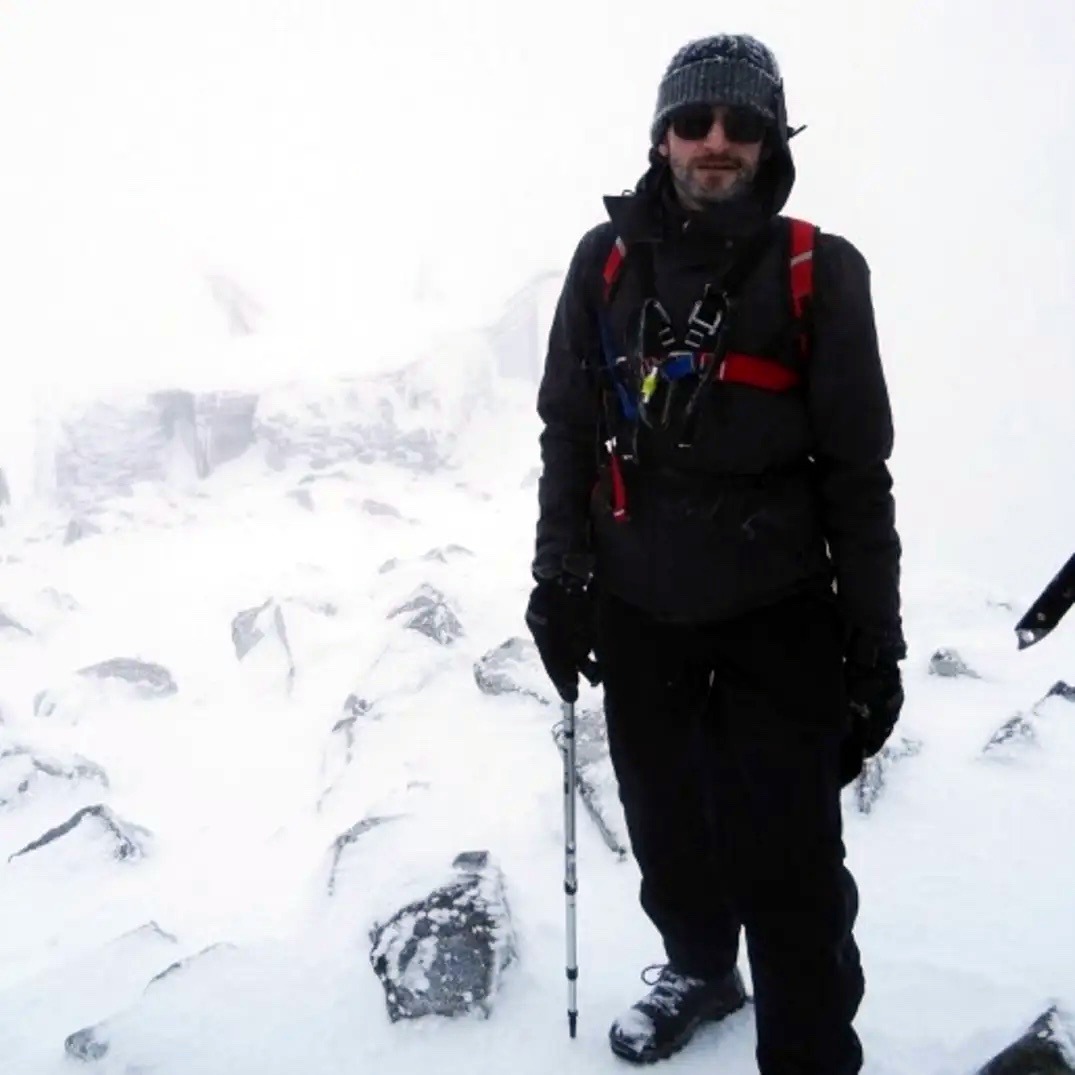You have to be willing to help the person next to you – and don’t be precious about your own work. To work in the creative sector you need to always keep the end user in mind, whether the work is B2B, B2C or
B2E. Knowing what the end user wants and needs is critical. Do your research and advise others where you can. Even the smallest bit of help can go a long way in building a dynamic and successful project.
Creating a single approach strategy to production across a brand solution business’s international sites is a highlight. We brought all challenges and ideas to the table, aligning each site’s solutions and problems. We built up a process map for the briefing and management aspects of all projects. Ultimately, we enabled overflow of work to be offset to other sites, incorporating language-related and cultural approaches. We managed to merge different working methods into one easily understandable process – and eradicated short-term resource issues.
You’ve got to be positive and open to new ideas. The people I work with know that I’m friendly and open to all types of ideas and solutions – and worries for that matter. I want teammates to feel empowered and I’ll always set time aside to listen and work through their thoughts. You have to encourage fresh thinking and a sense of worth and value. You never know where the next gem may come from. Every member of a team brings a wealth of experience and knowledge. The key to motivation is positive reinforcement. You should focus on the ‘whys’ and ‘what ifs’ rather than the ‘nos’ or the ‘that won’t works’. ‘No’ is the biggest creative killer and no idea is a bad idea. You often filter down to good results by a process of elimination, moving towards an end goal.
Listen to the client. The more attentive and passionate you can be, the more useful information you can gather. I like to have initial discussions regarding project scope, channels, budget and vision – then go away and do some market research. I might come back with some personas to engage further conversation – or develop some mood/story boards to test with the target audience. This important work allows for the creation of solid goals, markers and timelines for the broader project. I would always try to steer the client towards the best strategy for the end user, rather than telling them that something isn’t working. Even if the business goals are being met, there may be other areas where the end user experience can be improved.
I know – but it really is all about the end user! Not your own preferences or even sometimes the preferences of the client. Research, research and a little more research! Customer profiles, including nuanced challenges and lifestyles, help inform the solution for delivering those key messages – whether that solution is design, marketing or some other product. You might feel you’re getting bogged down in creating key message content, so I like to keep looking back at the problem. This ensures the direction I'm going in promotes the best outcome and best customer journey.
I remember one particular project very well – for the tea-maker,
Twinings. This was a project focused on the UK market product line – but involved coordinating stakeholders, managers and printers from across the globe, so you can imagine the challenges we faced! The colour of Twinings’ famous yellow had to be absolutely perfect. To achieve this, we worked with a palette of spot colours, allowing us to blend and tweak the tints between a Litho and Gravure gamut profile – and to colour-match a Chinese printing press with a UK printing press. On top of this, we redesigned complex vector artwork to match a
Fogra proof using special inks. And all with a tight deadline. Long nights and lots of (you guessed it) tea. We were able to update stakeholders on the unique challenges of process colours across different printers and print processes – and they agreed that further pre-production meetings would be very valuable going forward. A great result.
Clear upfront conversations at the start of a project, with a clear view of what's in and what's upcoming. You need to manage expectations by building in some wriggle room for problems in production – and provide daily feedback to allow the client time to discuss and update stakeholders on their side. It's wise to remember that even the client has deadlines and people to report to. Offering them the respect of not blindsiding them will go a long way in growing a strong trusting relationship. As the old saying goes:
under promise; over deliver.
Norway. I travelled around 900 miles and climbed
Mount Galdhøpiggen. Such an amazing and beautiful place. The most interesting thing about journeys like this are how humbling they are. They remind you of how small and insignificant we are and it can give all the small things that stress us out a new perspective. Walking across the glacier in a BBC One documentary-style blizzard really was a shock to the system! You don’t appreciate how bright snow can be when there’s so much of it – even when the sun is covered. The only thing that was missing was penguins. But to make up for it, that very night I saw the Northern Lights and was able to photograph some low light shots.
A man once said: ‘you have to trust the person sitting next to you’. So worry less about what they’re doing and focus more on your task at hand. Be available to provide support and always ask for help yourself, if you need it. There’s invariably something new to learn. Feedback, positive or otherwise, is a valuable tool in progress for yourself and others.



